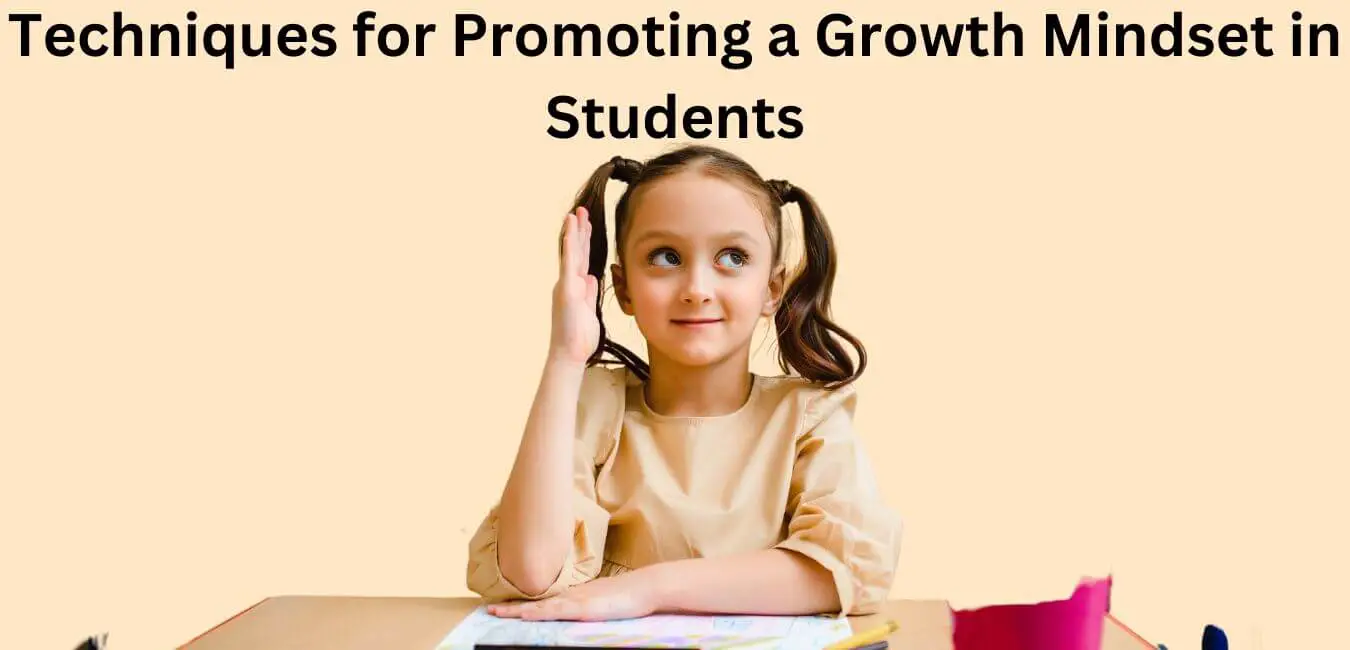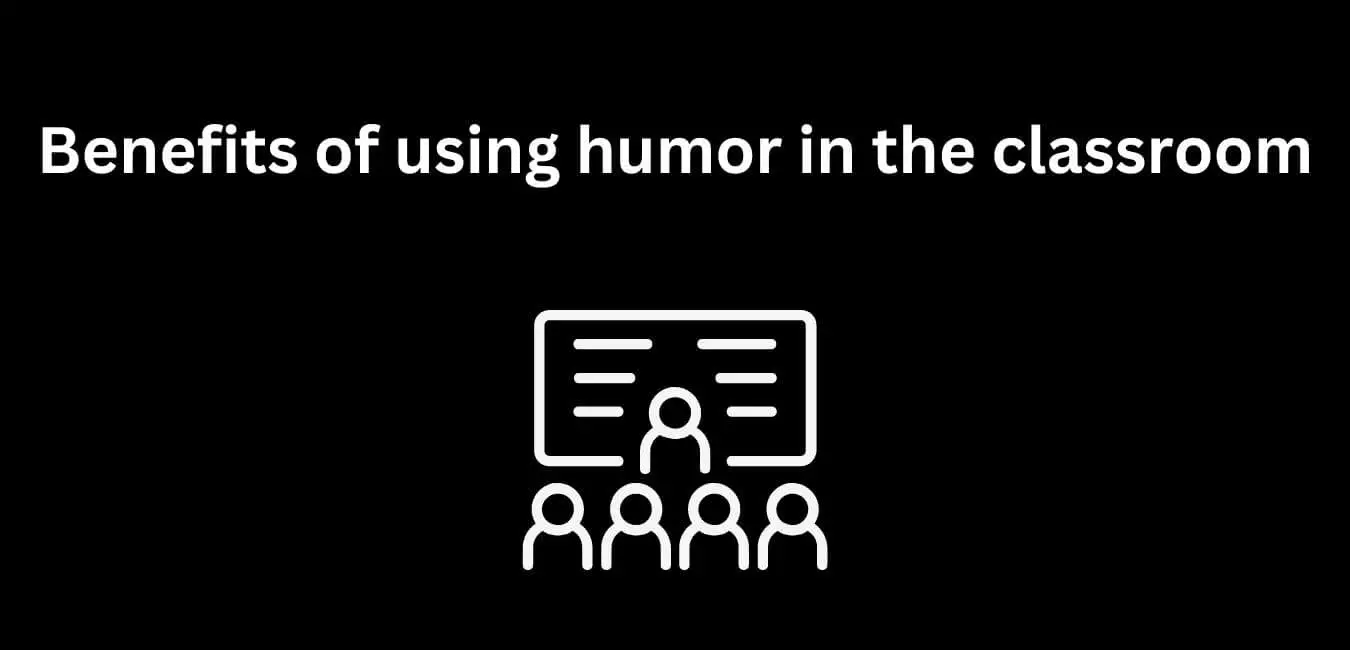I came across a list of 15 effective and practical ways to future-proof my teaching as a teacher. As I read through the points, I couldn’t help but feel intrigued by the potential these strategies hold for improving my teaching skills and preparing my students for the ever-changing education landscape.
From embracing technology to fostering creativity and innovation, these methods offer a promising path toward ensuring my relevance as an educator in the future. Each point holds a promise of professional growth and student success, and I’m excited to explore them further.
15 effective and practical ways to future-proof your teaching as a teacher
As a teacher, there are several effective and practical ways to future-proof teaching.
These strategies will ensure that teaching remains relevant and impactful in an ever-changing educational landscape.
1. Embrace technology
I stay up-to-date with the latest educational technology tools and incorporate them into my teaching. This helps me adapt to future changes in the education landscape.
Implementing blended learning allows me to combine traditional teaching methods with online resources, creating a dynamic and interactive learning experience for my students.
I use gamification techniques to incorporate game elements into my lessons, making learning engaging and enjoyable.
Exploring virtual reality technology helps me create immersive and interactive learning experiences, deepening my students’ understanding of the subject matter.
Embracing artificial intelligence tools and platforms allows me to personalize learning and provide targeted support to meet my students’ individual needs.
Finally, integrating coding education equips my students with essential skills for the digital future.
2. Develop digital literacy skills
Developing digital literacy skills is essential for teachers to effectively navigate and utilize digital resources, online platforms, and communication tools. By honing these skills, teachers can ensure they’re well-prepared to future-proof their teaching in today’s rapidly changing educational landscape.
Here are five ways to enhance your digital skills:
- Stay updated with the latest educational technology tools and trends.
- Explore online platforms and learn how to navigate them effectively.
- Utilize digital resources such as online libraries, educational websites, and multimedia tools.
- Master effective communication tools like video conferencing and collaborative platforms.
- Engage in continuous professional development to keep improving your digital skills.
3. Focus on critical thinking and problem-solving
Encouraging students to develop critical thinking and problem-solving skills is a practical and effective way to future-proof your teaching as a teacher. By incorporating strategies that promote critical thinking and problem-solving into your lessons, you’re equipping your students with the analytical thinking skills they need to succeed in their future careers.
These skills go beyond memorization and rote learning, allowing students to analyze information, evaluate different perspectives, and make informed decisions. Moreover, by providing opportunities for students to develop problem-solving abilities, you’re preparing them for the challenges they may face in their future careers.
Whether it’s in the workplace or in their personal lives, the ability to solve problems efficiently and creatively is an essential skill. By focusing on critical thinking and problem-solving, you’re ensuring that your students are future career-ready and capable of thriving in an ever-changing world.
4. Foster creativity and innovation
Creating a classroom environment that encourages creativity, curiosity, and innovation is an important strategy for teachers to future-proof their teaching. By fostering creativity, curiosity, and innovation, teachers can help students develop skills that will be highly valued in the job market of the future.
Here are five practical ways to achieve this:
- Provide projects and assignments that allow students to explore their own ideas and solutions.
- Incorporate hands-on activities and experiments that encourage students to think creatively.
- Create a supportive classroom atmosphere where students feel comfortable taking risks and expressing their ideas.
- Encourage collaboration and teamwork, allowing students to learn from each other and generate innovative solutions together.
- Use technology and multimedia tools to enhance creativity and enable students to showcase their learning in engaging ways.
5. Develop collaboration and communication skills
To ensure I’m preparing my students for the future job market, I prioritize developing their collaboration and communication skills. These skills are crucial for success in the workplace.
By teaching effective teamwork strategies, students learn how to work together efficiently, utilizing their individual strengths and supporting each other’s growth. I also focus on teaching clear and confident communication techniques, such as active listening and articulate expression of ideas.
Additionally, I emphasize the importance of collaborative problem-solving, which allows students to tackle complex challenges by pooling their knowledge and brainstorming innovative solutions. Building strong relationships with their peers enables students to work harmoniously and create a positive and inclusive classroom environment.
6. Prioritize lifelong learning
As a teacher, my main focus is on fostering a growth mindset and highlighting the significance of continuous learning to ensure the long-term success of my teaching practice. Here are some key reasons why continuous learning and a growth mindset hold great importance:
- Staying Relevant: Continuous learning is crucial in an ever-changing world, enabling students to acquire the skills necessary for success.
- Cultivating Curiosity: Nurturing a love for learning encourages students to explore new ideas, inquire, and seek out fresh knowledge.
- Adaptability: The ability to adapt to change is essential in today’s fast-paced society, paving the way for future accomplishments.
- Thriving in a Changing World: Lifelong learning is the key to thriving in a dynamic world as it allows individuals to continuously grow and evolve.
- Embracing Challenges: A growth mindset empowers students to believe in their abilities and welcome challenges as opportunities for personal growth.
7. Teach adaptability and resilience
Teaching adaptability and resilience is crucial for equipping students with the skills needed to navigate an ever-changing world successfully. As educators, our role extends beyond imparting knowledge; we must also prepare our students for the challenges they’ll face in life.
Adapting education to meet the demands of a rapidly evolving society is essential. We must encourage our students to embrace new situations, be open to change, and see setbacks as opportunities for growth. Building resilience isn’t about avoiding challenges but developing the ability to overcome setbacks and bounce back stronger.
8. Foster global awareness and cultural competence
Building on the importance of adaptability and resilience, fostering global awareness and cultural competence is another crucial aspect of future-proofing our teaching as educators. By exposing students to diverse perspectives, cultures, and global issues, we’re equipping them with the necessary skills to become global citizens and thrive in a globalized world.
Here are five effective ways to foster global awareness and cultural competence:
- Incorporate multicultural literature and resources into the curriculum.
- Encourage open discussions about global issues and invite students to share their perspectives.
- Organize cultural exchange programs or virtual collaborations with students from different countries.
- Invite guest speakers from diverse backgrounds to share their experiences and insights.
- Utilize technology to connect students with peers from other cultures, promoting understanding and empathy.
9. Incorporate project-based learning
Project-based learning is a valuable approach that allows students to actively apply their knowledge and skills through engaging in hands-on, real-world projects. By incorporating this method, educators effectively prepare students for future challenges and careers.
This approach provides students with practical, real-world applications, helping them understand how their learning connects to their future professions. Working on projects that mimic real-life scenarios enables students to deepen their understanding of the subject matter and develop essential practical skills for the workforce.
Through active engagement, students take ownership of their learning and feel motivated to succeed. Moreover, project-based learning plays a vital role in future-proofing education by equipping students with problem-solving and critical thinking abilities to adapt to a rapidly changing world.
Numerous success stories demonstrate the transformative impact of project-based learning on students’ educational experiences, empowering them to become competent and confident individuals who can make a positive impact in their communities and beyond.
10. Encourage entrepreneurship and innovation
As we continue to prepare our students for the future, it’s important to foster an entrepreneurial mindset and inspire them to think innovatively. Encouraging entrepreneurship and innovation in the classroom can equip students with valuable skills and prepare them for the ever-changing world.
Here are some effective ways to incorporate these concepts into your teaching:
- Encourage creativity: Provide opportunities for students to explore their creative potential and come up with unique ideas.
- Teach problem-solving: Help students develop problem-solving skills by presenting them with real-world challenges and guiding them through the process of finding solutions.
- Foster innovation: Create a classroom environment that promotes innovation by encouraging students to think outside the box and take risks.
- Emphasize entrepreneurship: Teach students about the fundamentals of entrepreneurship, such as business planning, marketing, and financial management.
- Inspire critical thinking: Encourage students to critically evaluate problems and come up with innovative solutions by asking thought-provoking questions and promoting open discussions.
11. Stay connected with professional networks
To future-proof my teaching as a teacher, I prioritize staying connected with professional networks. This means joining organizations, attending conferences, and connecting with other educators. By doing so, I can stay up-to-date with the latest trends and best practices in education. Actively participating in professional development opportunities ensures that I’m constantly growing and adapting to the evolving needs of my students.
Building relationships with other educators not only provides a support system but also opens doors to collaboration and shared learning experiences. Seeking feedback from my peers and mentors helps me reflect on my teaching strategies and make necessary adaptations. By staying connected with professional networks, I’m able to stay ahead of the curve and provide the best possible education for my students.
Joining organizations provides access to resources and support from like-minded professionals. Attending conferences exposes me to industry trends and innovative teaching practices. Connecting with educators helps in building relationships and opportunities for collaboration. Seeking feedback allows me to reflect on teaching strategies and adapt as needed. By staying connected with professional networks, I can ensure that my teaching remains effective and relevant.
12. Seek professional development opportunities
I actively pursue professional development opportunities to continuously enhance my teaching skills and knowledge. Continuous learning is crucial for professional growth and staying current with the latest trends and best practices in education.
Here are some ways I seek to enhance my teaching through professional development:
- Attend workshops and conferences: These events offer valuable insights, strategies, and resources to improve classroom instruction.
- Enroll in specialized courses and certifications: Taking these courses helps me develop new skills and deepen my expertise in specific areas of education.
- Join professional networks: Being part of professional organizations allows me to connect with other educators, share ideas, and collaborate on educational projects.
- Participate in online webinars and trainings: These convenient options offer flexible learning opportunities that can be accessed from anywhere.
- Seek mentorship and coaching: Guided support from experienced educators helps me reflect on my practice, receive feedback, and continuously improve.
13. Stay informed about industry trends
As a teacher, continuously seeking professional development opportunities enhances my skills and knowledge and keeps me informed about current and emerging trends in education. It’s important to stay updated on industry trends to future-proof my teaching.
Personalized assessment is a crucial aspect of education as it explores new approaches to assessing student learning based on individual needs and strengths.
Gamification in education is another trend that enhances the learning process by incorporating game elements, although it also presents challenges.
Virtual reality integration is an exciting avenue to explore as it enhances student engagement and understanding through immersive experiences.
Additionally, examining the role of artificial intelligence in personalized learning is important as it has the potential to greatly impact the future of education.
Lastly, addressing students’ social and emotional needs in the classroom through social-emotional learning is essential for their overall well-being and academic success.
14. Build strong relationships with students and parents
Establishing a positive and supportive classroom environment is crucial for enhancing the learning experience and fostering positive student-teacher relationships. To achieve this, I focus on building strong relationships with my students and parents.
Here are some practical ways I implement:
- Regularly communicate with parents to ensure their involvement in their child’s education.
- Value and appreciate each student’s unique strengths and contributions.
- Create a safe and inclusive space where students feel supported and respected.
- Encourage open and honest communication within the classroom.
- Foster a sense of belonging and community among students.
15. Reflect and adapt
Regularly reflecting on teaching practices and seeking feedback from students and colleagues is an important strategy for ensuring the long-term effectiveness of your teaching. By engaging in reflection, we can gain valuable insights into our strengths and areas for improvement, allowing us to adjust our teaching methods accordingly. Seeking feedback from students and colleagues offers different perspectives and helps us understand the changing needs of our students and the education system. This enables us to make necessary adjustments to ensure our teaching remains relevant and effective. To better illustrate this process, here is a table showcasing the steps involved in reflection and adapting teaching:
| Reflective Practices | Seeking Feedback | Adapting Teaching |
|---|---|---|
| Self-reflection | Student surveys | Lesson modifications |
| Journaling | Peer observations | Incorporating new strategies |
| Collaborative discussions | Parent input | Curriculum adjustments |
| Professional development | Department meetings | Technology integration |
Conclusion
Future-proofing your teaching as a teacher doesn’t have to be complicated. With these 15 effective and practical ways, you can easily navigate the ever-changing educational landscape.
So, get ready to embrace the exciting and unpredictable future of teaching.













